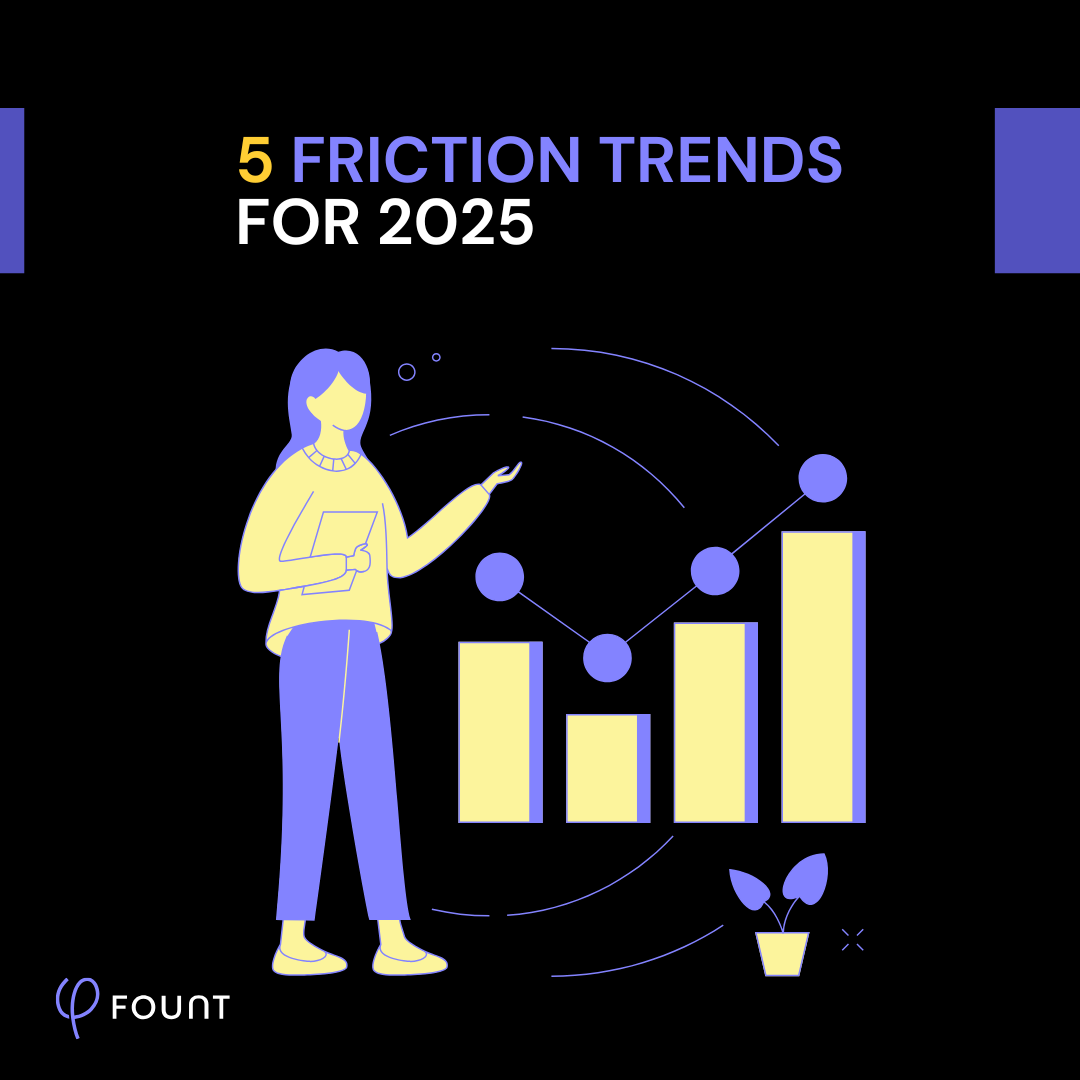In the War over Remote vs Onsite Working, What Are We Really Fighting About?
A summary of the details of the article will go here.
Years after the pandemic, this war has officially gone cold, but every week it still seems to flare up on a front somewhere. In 2023, dozens of household names from Amazon to Zoom have made announcements requiring some or all of their workers to come back to the office. To enforce it, companies are tracking attendance, mapping the distance between employees’ homes and the office, throttling career progression, requiring resignations, issuing dismissal warnings, and even making vague, Mafia-esque threats. In response, employees have circulated petitions and open letters, walked out in protest, and of course, quit.
Speculation about the “real reasons” for the mandates runs wild behind the lines: It’s about real estate investments, managers’ inability to supervise remote workers, saving money on layoff severance packages, and even retaliation for unionization. All the while, surveys keep showing that the vast majority of employees want at least some flexibility in their work location, candidates disproportionately apply to remote job openings, and CEOs secretly know they’ll lose in the long run.
We’ve got another survey to tell you about—but we promise this one will shed a very different light on the RTO cold war.
Flowers and Their Environment
In August 2023, FOUNT asked 200 organizational leaders in HR, the business, and the C-suite what steps (if any) their organizations are taking to reduce work friction. It was an open-ended question. To analyze it, we coded the data into a two-tier, 16-category schema. Initially, the top tier captured a couple of opposing strategies we’ve talked about before: One tries to reduce work friction by changing employees, the other by changing employees’ environment.
We derived these opposing strategies from a flowery analogy one of our customers related to us years ago: She used to use training, motivational workshops, leadership events, and communication campaigns to try to “change the flowers”—until she realized that the flowers weren’t the problem. Their environment was the problem.
This analogy has stuck with us, because it perfectly encapsulates the essences of the two primary mindsets we see played out again and again in efforts to improve organizational effectiveness. Leaders who recognize that employees are merely one organism in a broader ecosystem often find that problems manifest through employees, but their roots actually lie elsewhere. After all, processes, policies, and tools can’t complain, but people can. Leaders who can’t see the bigger picture assume complaining employees are the problem, and try to change them.
Beneath each of these top-tier categories, we coded the strategies our 200 respondents said they’re using to reduce work friction. Environment-changers are working on things like process improvements, automation, workload reduction, digitization, equipment updates, and so on. People-changers are running trainings, team-building exercises, and fun events, as well as trying to improve things like performance management, career pathing, and total rewards.
This two-category top tier worked great to code the data, until…
Flexwork Blew Up Our Coding Schema
Remote work, hybrid work, flextime, flexwork—whatever you wanna call it—just kept coming up. And for awhile, we coded it as organizations trying to change the environment, because what is home vs office if not “environment”? But that nagged at us, because flexwork is also a policy, and policies are intended to guide people’s behavior, and all the other policies were getting coded “change people”. Then we realized many respondents are talking about flexwork in the context of employee wellness, and all of our other wellness-related offerings were sitting under “change people”, so at that point, we confidently recoded all of the flexwork responses from “environment” to “people”.
But we still didn’t have inner peace (which, in case you’re not aware, is one of the top signs you’ve got a good coding schema), because caving to employees’ flexwork demands is the exact opposite of the spirit behind “changing the flowers”, and of everything else that sat under our “change people” code.
So we had a dilemma: Dump this coding schema? Restart with totally open coding, allowing categories to emerge organically from the data? Classify flexwork as “Other”? Put it back in “change environment”?
As we talked out why this was happening and what to do about it, we gained deeper insight into the fight over flexwork than we’d ever had before.
Flexwork Is Really Just One Battle in a Much Larger War
The flower–environment analogy seems employee-empowering on its surface, but it really takes a top-down, leader-centric view. Leaders make the choice to change people or environment (or both), and leaders take the action. Employees are just flowers—inanimate objects. They have no view. They have no agency. They’re acted upon, rather than acting themselves.
In pulling back to objectively examine this favorite analogy (and the coding schema we’d based on it), this inherent bias shone through to us for the first time. And that shed new light on flexwork, work environments, and behavior change:
Flexwork is a case of employers and employees fighting over a change of work environment. Employees want the change. Employers don’t, so they’re trying to make the people change.
That explains why flexwork seems to fit under both “change people” and “change environment”.
It also explains why flexwork is such a contentious issue: This war is actually just one battle in a much larger conflict between the “change people” and “change environment” mindsets. Traditionally, leaders have held the former, because they view people as more malleable and easier to change than fixed infrastructure and equipment costs and byzantine labyrinths of policy and process. “We need to become more agile!”, “Let’s all embrace this change!”, said every company townhall ever.
But change is precisely what employees embraced when they went to work at home during the pandemic. And then the Great Resignation, and the tight labor market still riding in its wake, gave them negotiating power unprecedented in our lifetimes. If they’re still flowers at all, they’re more like Audrey II in Little Shop of Horrors than anything else.

So now when employers try to solve an environmental problem by changing their employees, they’re firing a shot that’s heard—and returned—around the world.
Peace Out
In case you need to know for your own inner peace: We kept our “change people” and “change environment” codes and simply gave “flexwork” its own category. Of those respondents who are doing anything at all to reduce work friction, 62% are traditionalists who’re trying to reduce work friction by changing their people. Fewer than 30% are treating their organizations like the ecosystems they are and trying to change employees’ environments. 8% are considering raising a white flexwork flag—whether they ultimately do or not… will surely be in the news.
Keep up with FOUNT research by subscribing to our mailing list.
Related Resources
See all News
Insights
Breaking the False Tradeoff in GBS: Efficiency vs. Experience

Events
LIVE Webinar – July 9th for SSON Network. Beyond AI Hype: How to De-Risk Your GBS Transformation with Friction Data

Insights
To Create New Value, GBS Leaders Need Different Data

Insights
How to Keep Up with the Latest AI Developments

Insights
APRIL Newsletter. Friction: You Can’t Improve What You Can’t See

Guest Post
AI is Reshaping the HR Operating Model: Here’s What 15 Leading Companies Discovered

Insights
5 Friction Trends for 2025
Research
WHITEPAPER: Work Friction




